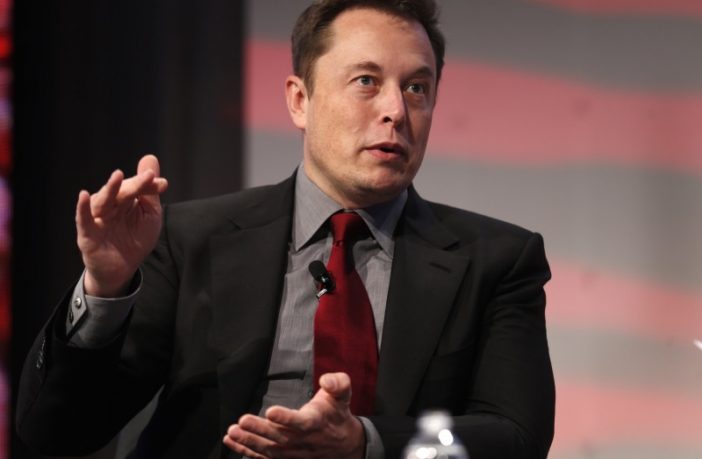
Judging by Tesla’s 3% share price drop, the markets aren’t liking Musk’s vision or the promise of these technologies. They don’t understand the exponential advances in areas like artificial intelligence, storage, and solar power, or the scale advantages that come from building technology platforms.
Tesla may well stumble because he tries to do too much too fast, but Musk’s vision is solid.
The most controversial part of Musk’s vision is his plan to integrate SolarCity photovoltaic technologies into Tesla’s Powerwall storage technology, the units customers use to charge their electric vehicles at home. While there are valid corporate governance concerns about merging two companies with the same board members, the technology combination is a strategic winner.
At the rate solar technology is advancing, its cost per watt by 2022 will be less than half of what it is today. Solar panel prices have fallen more than 10% per year for the past 40 years and their cost is now justified without government subsidies. Bloomberg New Energy Finance (BNEF) estimates that the “learning rate” of solar panels – the drop in their price for each doubling of their global installation – is 26%. And solar installations are doubling every year or two. At this rate, by 2030, solar capture could provide 100% of current energy; and by 2035 it could be nearly free.
What held back solar power generation was the cost of energy storage, which required a complex and messy substitute for grid connection. Tesla’s Powerwall removes that dependency and allows a company to deliver a “beautiful integrated solar rooftop product with battery that just works,” as Musk suggested. It’s the kind of convenience and elegance that comes with Apple’s iPhone, which integrates music, telephony and computer applications into a single device.
The cost of battery technologies is falling at a rate similar to that of solar generation. According to BNEF, the learn rate of electric vehicle batteries is 21.6%, which means we can expect that by the end of 2022, these will also cost less than half of what they cost today. This would give Tesla the same market leadership in electric vehicle battery technologies that Apple commanded when the iPhone first rolled out.
With falling electricity and battery costs, the demand for electric vehicles will skyrocket. The nearly half a million orders that Tesla received for its $35,000 Model 3 were a clear indication of demand. As Tesla begins to build vehicles at a pace to meet orders, the price of the key component in these cars – the battery – will continue to drop, and the company will be able to offer newer models at even lower prices. . Imagine cars as powerful as today’s Tesla Model S, traveling 250 miles on a charge, which cost $25,000 (about Rs. 17 lakhs). This is very plausible in the early 2020s.
Now add to these advances the self-driving capabilities of cars, which continue to improve as the machine learning algorithms used for navigation get smarter, and you have a product that could save tens of thousands of lives. just in the United States.
It is surely possible that Tesla is failing in these efforts by thinking too big. But her big vision just might turn out to be the strategic edge she needs to achieve her goals.
© 2016 The Washington Post
Tech




